Do you want to know about full frame vs crop cameras?
Look no further.
Because this is a comprehensive comparison of full frame and crop sensor cameras. In this article, you’re going to discover every important difference between these two types of camera sensors.
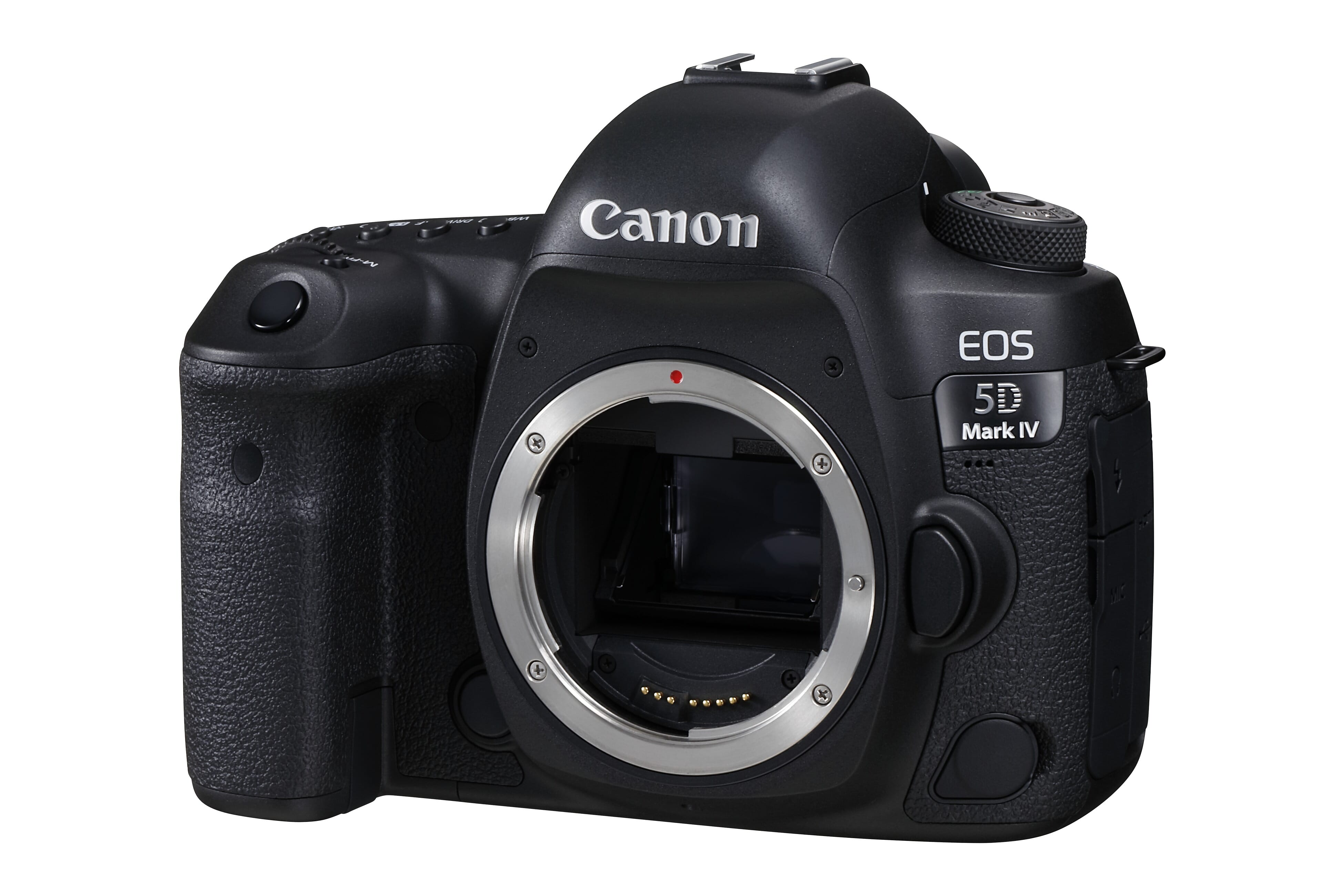
And you will leave knowing exactly which type of camera sensor is best for you.
Full Frame Vs Crop Cameras:
Full Frame Vs Crop: The Basics
First things first:
A camera sensor is basically the camera’s film. When you press the shutter button, light interacts with the camera’s sensor and the camera exposes an image.

Each camera model has a unique sensor. And each sensor has different capabilities.
But while each sensor is unique, DSLR sensors can be grouped into two broad categories:
Full frame sensors and crop sensors (crop sensors are also known as APS-C sensors).
Now, here is the fundamental difference between full frame and crop sensors:
Full frame sensors are physically bigger.
If you were to open up a full frame camera and a crop sensor camera and place them side-by-side, you’d see that the full frame sensor is noticeably larger than the crop sensor.
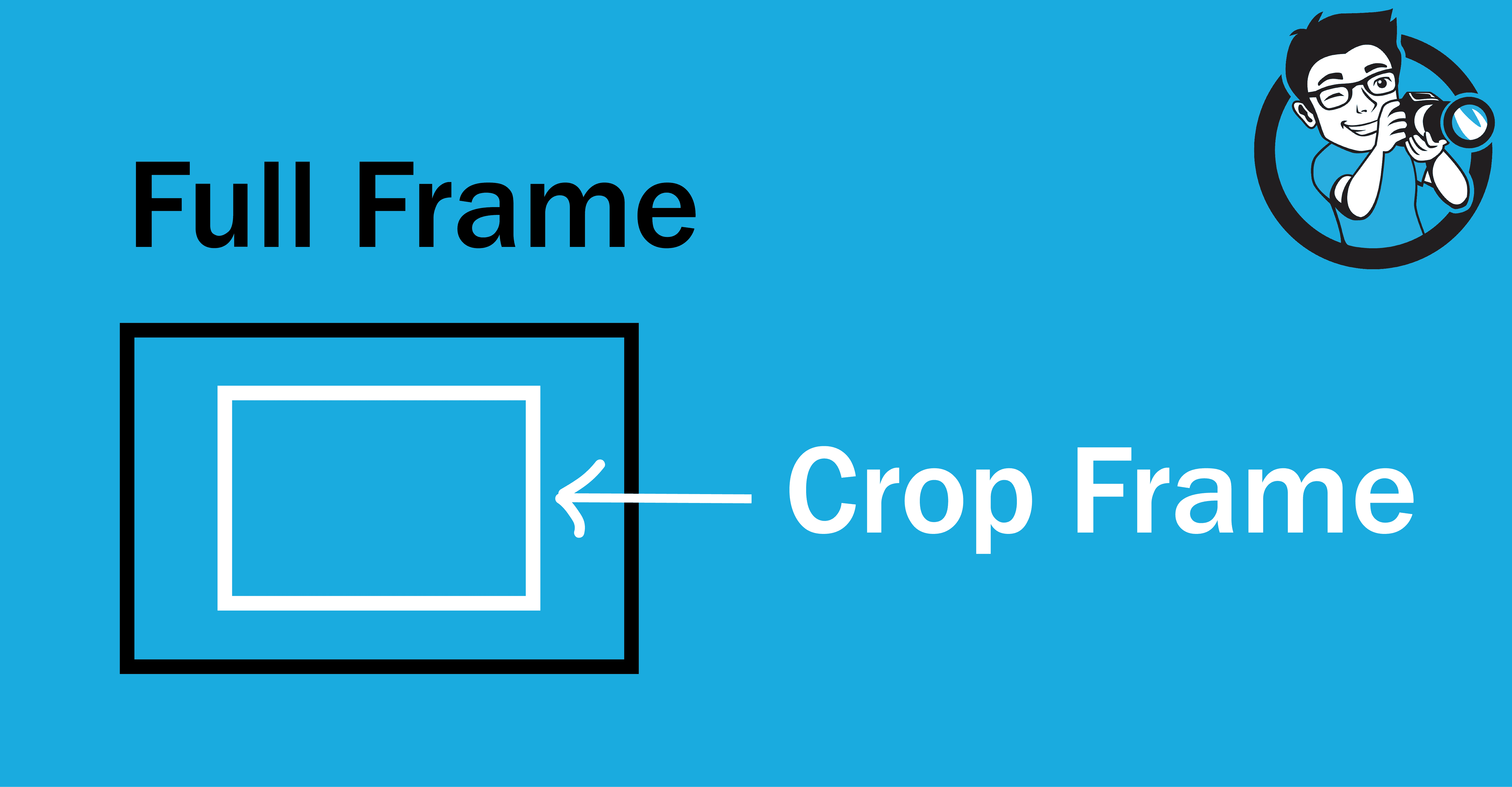
You see, full frame sensors have consistent dimensions of 24x36mm.
Crop sensors, on the other hand, vary in their size. Canon’s crop sensor cameras tend to be 22.5x15mm. Other camera manufacturers have their own crop sensor dimensions.
Now, size is the only fundamental difference between crop sensor cameras and full frame cameras. All the other advantages and disadvantages of the two sensor types stems from this.
It is to these advantages and disadvantages that we now turn.
Full Frame Vs Crop: Resolution and Pixel Size
Resolution refers to the number of pixels that a camera features. In other words, the resolution equals the megapixel count.
And the resolution of a camera is determined by the sensor design. Camera manufacturers decide how to divide up the finite amount of space on the sensor. This is a choice manufacturers make when they’re building the sensor.
Now, most photographers prefer cameras with more megapixels. That’s where sensor size makes a big difference:
The bigger the sensor, the more megapixels that camera manufacturers can pack into the camera.

Therefore, full frame cameras tend to have more megapixels than their competing crop-sensor counterparts. This means that you can make larger crops and larger enlargements of photos taken with full frame cameras.
However, when it comes to pixels, it’s not just about the count.
Pixel size matters, too.
Let me explain:
If you have a full frame sensor and divide it up into 10 megapixels, you’ll end up with some pretty large pixels. Compare this to a 50-megapixel camera with the exact same sensor size, and you’ll be able to see the difference. The 50-megapixel camera will have much smaller pixels.

Why is this important?
Smaller pixels don’t perform as well as larger pixels, all else being equal. The photos just don’t look as good. In particular, smaller pixels produce more noise, especially in low light.
Related Post: Best Nikon Full Frame DSLRs
Which brings me to the next section:
Full Frame Vs Crop: Dynamic Range and Low Light Performance
You already know that full frame cameras have larger pixels, on average, compared to cropped sensor cameras.
But how does this affect your photography?
It matters for two main reasons.
First, larger pixels allow you to capture a larger dynamic range.
Dynamic range refers to the range of light and dark tones in a scene. If you have a scene with dark blacks and bright whites, it has a large dynamic range. This is a photo of a high dynamic range scene:
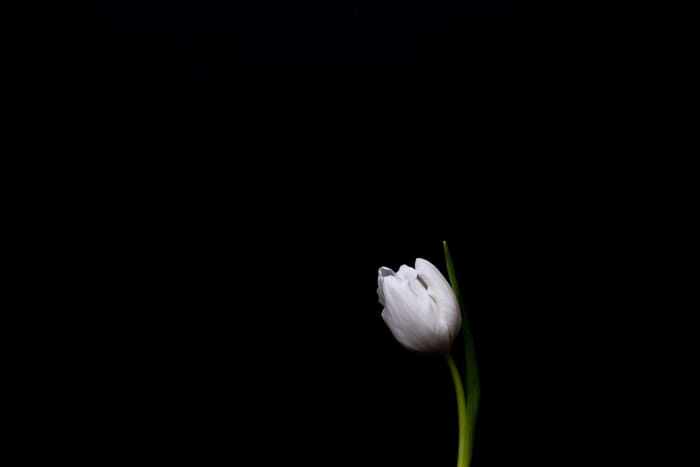
Notice how the photo portrays both bright whites (the flower) and dark blacks (the background).
If you have a scene that is primarily midtones, such as a portrait photo taken on a cloudy day, it will have a low dynamic range. This is a photo of a low dynamic range scene:

The shot is mostly midtone pinks, and there’s not much difference between the lightest and the darkest parts of the scene.
Now, the best cameras are able to photograph scenes with bright whites and dark shadows. In other words, they have the ability to capture a high dynamic range scene.
But hobbyist cameras have more limited dynamic ranges. They struggle to properly capture lights and darks in the same scene. Instead, they end up blowing out the whites or losing detail in the shadows.
And the overall dynamic range of a camera is seriously affected by the size of its pixels.
Remember:
The larger the pixels, the larger the dynamic range.
And a large dynamic range is better than a small dynamic range, generally speaking.
Larger pixels also increase low light performance.
You see, when you shoot in low light, you’re bound to end up with dark photos that are lacking in details.
Unless you use a high ISO, which increases the sensor’s sensitivity to light.
Unfortunately, high ISOs have a serious drawback. The higher the ISO, the more noise that appears in your images (note that noise is sometimes referred to as grain).
This is where pixel size comes in. Larger pixels capture more light, and this results in less noise at high ISOs.
So full frame cameras tend to have extremely good high ISO performance. Noise levels stay low, and you’re able to capture beautiful photos in dark conditions.
Related Post: Exposure Bracketing for High Dynamic Range Photos
Full Frame Vs Crop: Effective Focal Length
I’ve explained above how crop sensors are smaller than full frame sensors.
But did you know that a smaller sensor essentially magnifies focal length?
It’s true.
If you mount a 400mm lens on a full frame camera, it gives you shots taken at 400mm. But if you mount a 400mm lens on a crop sensor camera…
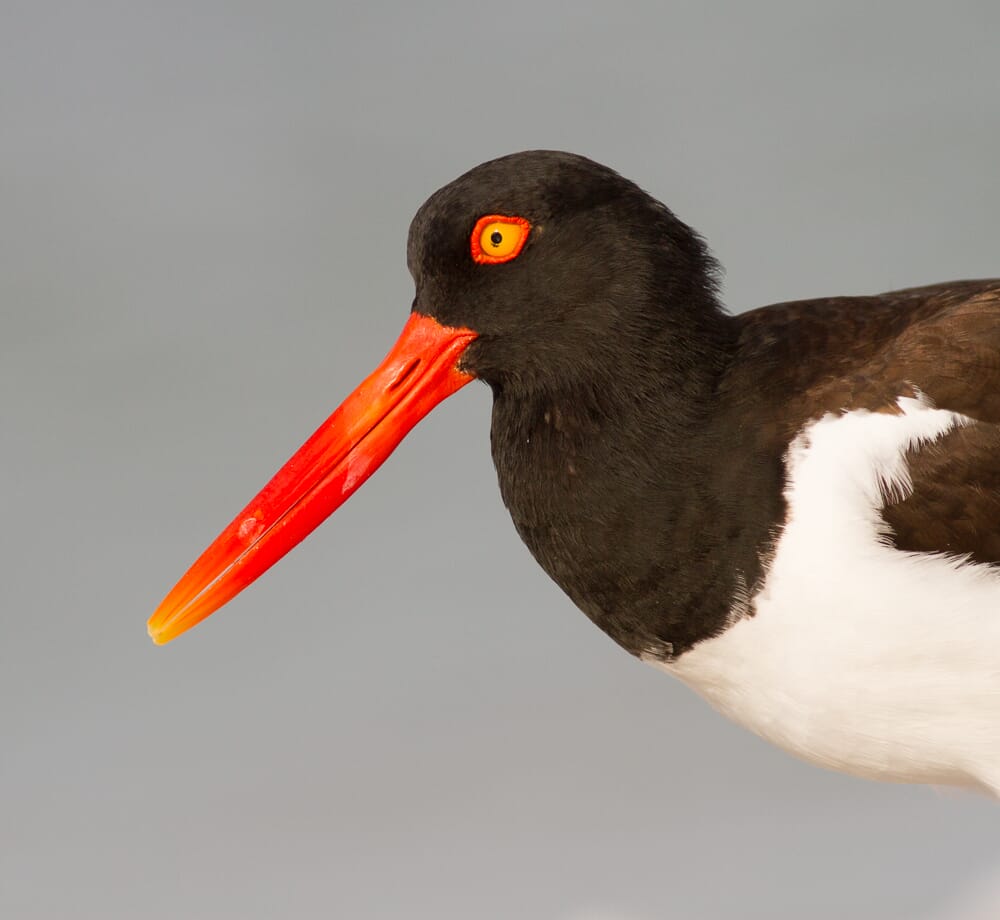
…you’ll get shots that were taken at an effective focal length of 600mm, or thereabouts.
This should make intuitive sense. A crop sensor camera crops the image, so that a 400mm image is magnified to 600mm. It’s as if the outer parts of the frame were never there. Except that there’s no loss of resolution, and your camera does the cropping for you. In fact, when you look through the viewfinder of a crop sensor camera, you’re already looking at the cropped image.
Now, the particular crop factor, as it’s called, depends on your camera. Nikon crop sensor cameras have a crop factor of 1.5x, whereas Canon crop sensor cameras have a crop factor of 1.6x. It depends on the APS-C sensor size for the brand.
Cool, right?
For some photographers, having a crop sensor is great. Crop sensor cameras are a favorite of wildlife and bird photographers, because the crop factor gives your focal lengths a boost in the field. Super-telephoto lenses that reach 600mm or even 800mm are extremely expensive. But if you grab a 400mm lens for a relatively cheap price, you can mount it on an APS-C camera and capture gorgeous, tight wildlife photos.

For other photographers, however, a crop sensor is a nuisance. Landscape photographers generally want the widest field of view possible. For instance, a landscape photographer might love a 12mm focal length lens, which allows them to capture a sweeping scenic shot.
But a 12mm lens mounted on a crop sensor camera becomes an 18mm lens, which makes a big difference. The landscape photographer loses their ultra-wide shot.
Which is why landscape photographers rarely use APS-C cameras.
Here’s the bottom line:
If you’re looking for added reach for your photos, then crop sensor cameras can help. Wildlife photographers, bird photographers, sports photographers, and (sometimes) portrait photographers will appreciate crop sensor cameras.
But for those who want to keep their focal lengths wide, full frame is the way to go. This is true for landscape photographers, many travel photographers, night photographers, and more.
Full Frame Vs Crop: Depth of Field
Here’s an important difference between crop sensor cameras and full frame cameras:
Crop sensor cameras have a deeper depth of field than full frame cameras.
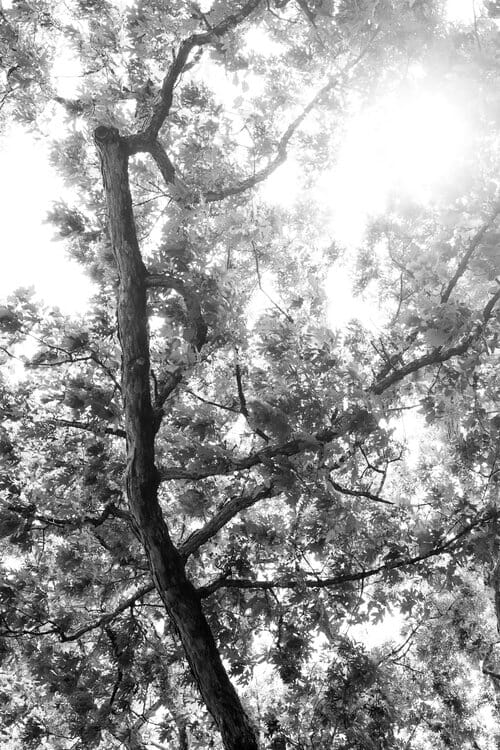
Let me explain:
Depth of field refers to the amount of an image that’s sharp. A photo with a deep depth of field is sharp throughout, from foreground to background.
This photo has a deep depth of field:

Whereas a photo with a shallow depth of field has very little in focus. Look at how this shallow depth of field photo is almost entirely soft, with only a sliver of sharpness:

Now, the longer your focal length, the shallower your depth of field. (Also, longer focal lengths produce more compression and therefore better background blur.)
And think about a full frame camera and a crop sensor camera working side by side, both at effective focal lengths of 75mm.
The full frame camera is shooting with a 75mm lens and achieving a 75mm focal length.
But the crop sensor camera is shooting with a 50mm lens to achieve the 75mm focal length.
Which means that the crop sensor photos have a larger depth of field relative to the full frame sensor cameras.
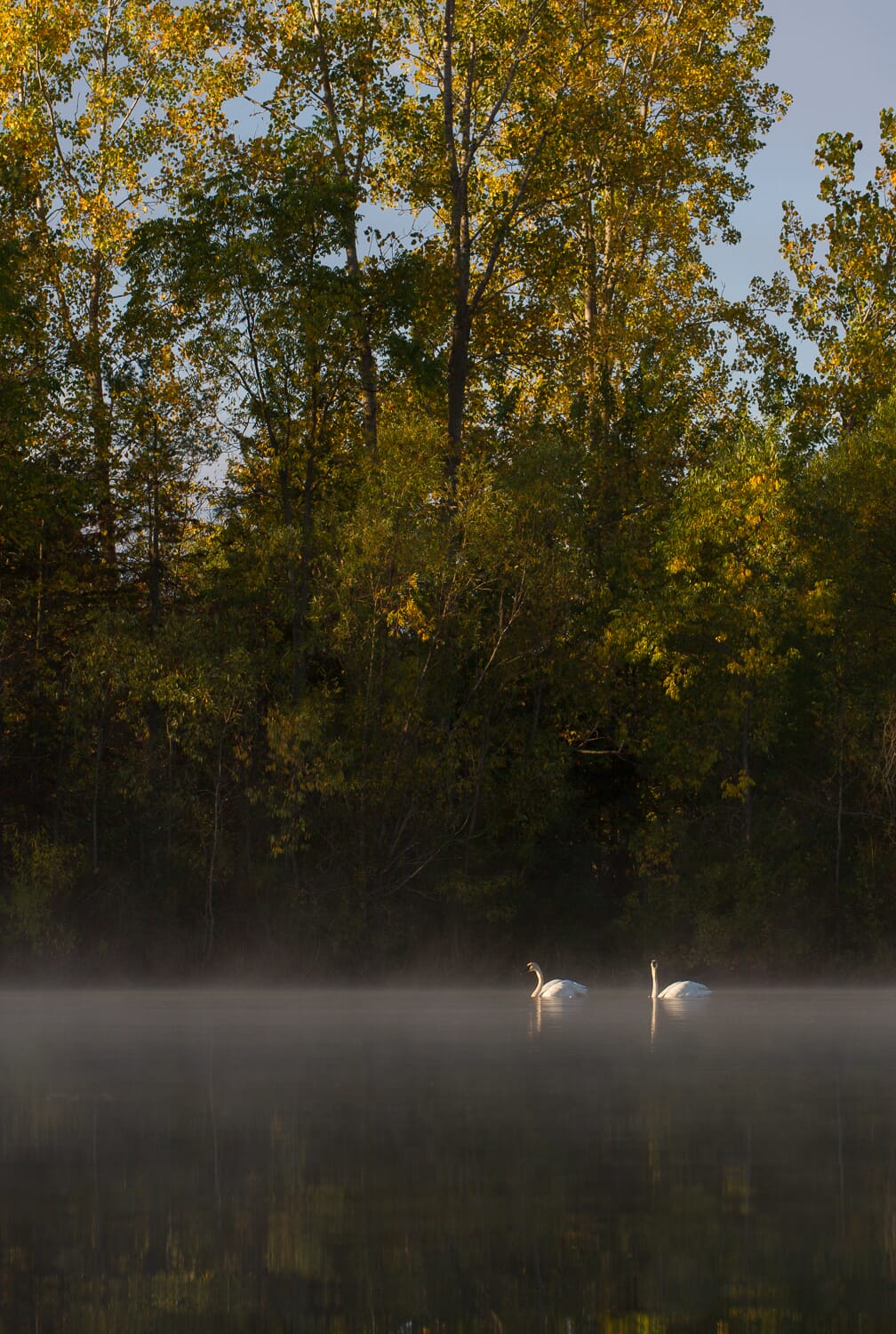
The difference between the two will be small. But for those photographers who like to use ultra-shallow depth of field, the difference can be critical. And if you’re looking for a deep depth of field, you may appreciate the slight advantage that comes with a crop sensor camera.
Related Post: Wide vs Narrow Aperture (With 10 Great Sample Images)
So just remember to think about the depth of field difference. Don’t forget to consider it when making a choice between these two camera types!
Full Frame Vs Crop: Price
It’s impossible to have a discussion of full frame versus crop sensor cameras without discussing price.
Because full frame cameras tend to cost far more than crop sensor cameras.
Now, part of this is because crop sensor cameras cater to hobbyists, while full frame sensors cater to professionals. This means that full frame cameras are loaded with other bells and whistles that hobbyists are less interested in, such as dual card slots and an ultra-rugged camera body.
But it also has to do with the cost of producing a larger, full frame sensor.
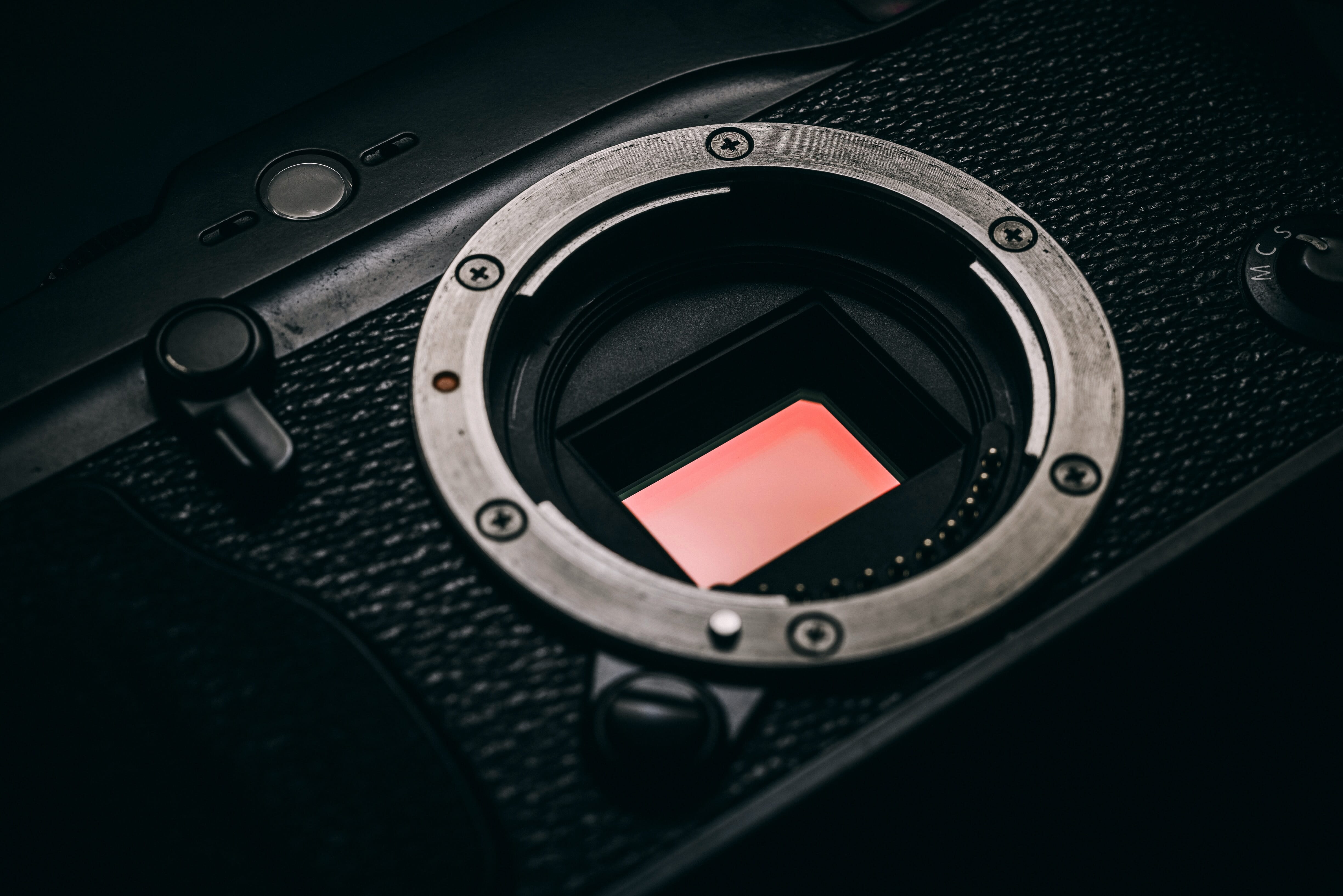
So just keep in mind:
If you want a full frame sensor, you have to pay for it. It won’t come cheap. Which is why crop sensor kit is excellent for those who aren’t ready to fork over an arm and a leg for a camera.
Related Post: Best Canon DSLR Camera Under $1000
Full Frame Vs Crop: Which Camera Type Is Best for You?
Now you know all about full frame versus crop cameras.
And you should have an excellent idea of the pros and cons of each camera type.
But most of all, you should know which camera type is best for you.
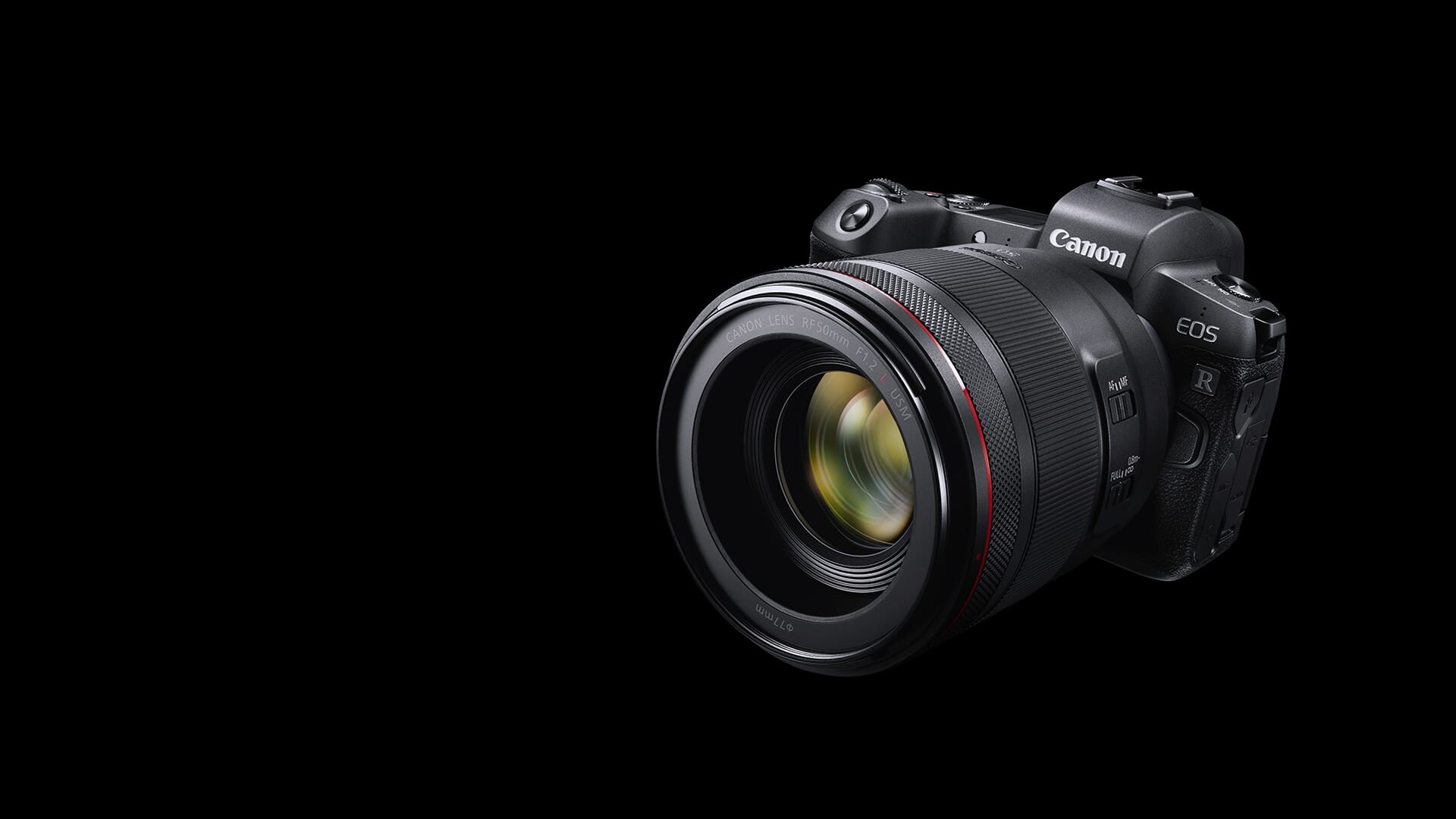
Just remember:
If you’re interested in greater resolutions and better low light performance and you want a wider field of view, go with a full frame camera, especially if you’re willing to pay for it.
If you’re interested in longer effective focal lengths and you’re on a budget, then a crop sensor camera is the way to go.
What’s the difference between full frame vs crop sensor cameras?
Full frame cameras have a larger (35mm) sensor compared to crop sensor cameras. This has several practical effects: Full frame cameras have better high-ISO performance and more megapixels. But crop sensor cameras increase your effective focal length, which is often useful for wildlife and bird photographers. And full frame cameras cost more than crop sensor cameras.
Which is better, full frame vs crop sensor cameras?
Full frame and crop sensor cameras come with advantages and disadvantages. Full frame cameras do better in low light at high ISOs. Full-frame cameras also have a wider dynamic range. But crop sensor cameras have a longer effective focal length, allowing you to capture photos of distant subjects more easily. Crop sensor cameras are also much better if you’re on a budget.
Should I get a full frame camera?
You should get a full frame camera if you often shoot in low light conditions, you want the widest field of view possible (usually for landscape shots), and you don’t mind the huge price tag.
Should I get a crop sensor camera?
You should get a crop sensor camera if you’re looking for a camera with a longer effective focal length. The crop sensor acts like a telephoto zoom, getting you closer to the action. You should also get a crop sensor camera if you’re on a budget, and you can’t justify the increased price of a full frame camera.
Does sensor size affect depth of field?
Sensor size does affect depth of field. Larger sensors have a shallower depth of field compared to smaller sensors, assuming the field of view is equal. In other words, at equivalent effective focal lengths and choosing identical compositions and settings, the full frame camera will take a photo with a slightly shallower depth of field.
Which full frame camera should I get?
There are many excellent full frame cameras out there. If you’re looking for a full frame DSLR, the Canon 5D Mark IV is expensive, but offers outstanding low light performance. The Nikon D850 is another great option. If you’re looking for a full frame mirrorless camera, consider the Canon EOS R or the Canon EOS RP, as well as the Nikon Z7 or the Nikon Z6. Note that these Canon and Nikon mirrorless cameras have adapters that allow you to use your Canon and Nikon DSLR lenses on the mirrorless bodies.
Which crop sensor camera should I get?
Nikon and Canon both offer spectacular crop sensor DSLRs. Some, like the Nikon D5600 and the Canon Rebel T7i, are aimed toward beginners and hobbyists. Others, like the Nikon D7500, the Nikon D500, the Canon 80D, and the Canon 7D Mark II, are aimed at more serious photographers. Any of the options mentioned above will get you some remarkable images.
That was the first class explanation of the two camera sensors, wonderfully and simple explanation for even for rookies!
Recomended!!!!